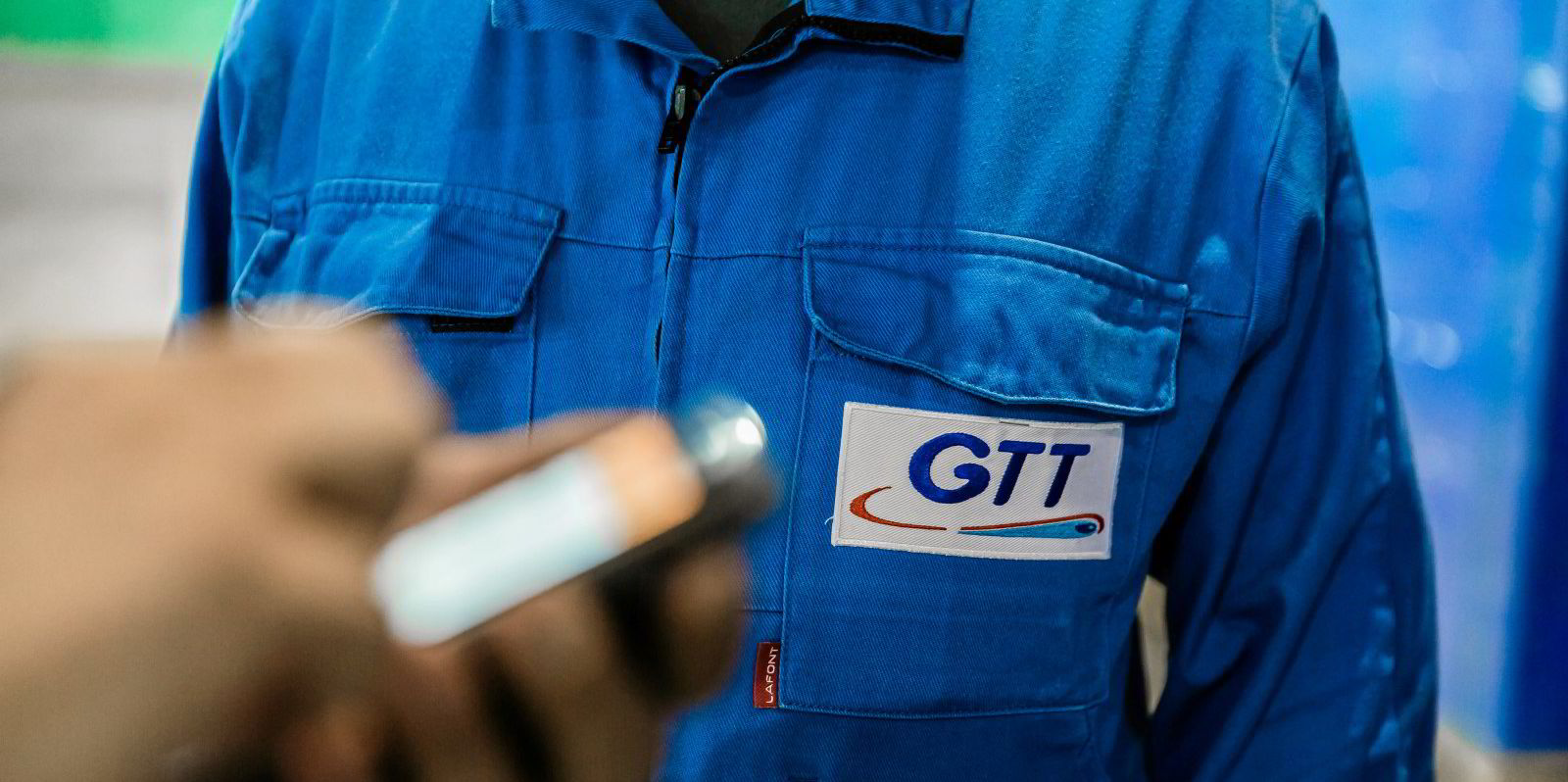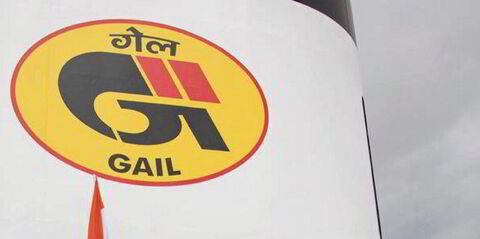French membrane-GTT logged orders for 25 LNG carriers and one floating LNG (FLNG) unit during the first three months of this year.
Speaking on a first-quarter results webcast, GTT chairman and chief executive Philippe Berterottiere said the flow of orders may continue in 2023 and 2024 on the back of new liquefaction project and fleet renewal demands.
Berterottiere said the company expects to achieve “decent orders in 2023”, despite not expecting to beat its record figure for 2022.
GTT’s first-quarter total revenues climbed 17.2% to €79.9m ($87.7m) , up from €68.2m in the same period a year earlier.
The bulk of this income was from payments on newbuildings, where revenue grew by 19% to €73.5m from €61.7m in first quarter of last year.
It said: “Royalties generated by the LNG as fuel business — €4.9m — are starting to benefit from the large number of orders received in 2021 and 2022.”
But revenues from services fell by 11.1% to €4.9m during the quarter due to a decrease in pre-project studies and cash generated by assistance services for ships in operation, the company said.
As of 31 March this year, the company’s orderbook, excluding LNG-fuelled vessels, stood at 273 LNG carriers, two VLECs, one floating storage and regasification unit, one floating storage unit, one FLNG unit and 11 storage tanks.
The company said there were 69 LNG-fuelled vessels in the orderbook at the end of March.
Asked by analysts about the drop off in orders for LNG-fuelled vessels, Berterottiere said: “We see the market is fairly small for the time being.”
He cited the Russia-Ukraine crisis for hiking LNG prices and creating volatility.
He acknowledged the competition from methanol as a fuel, which he said “is a bad solution” as it is more expensive and generates more CO2 than LNG.
“So it is bad by any aspect,” he said.
He also flagged up that methanol has a lower energy density than LNG so will need larger fuel tanks and lose cargo space.
He said for it to match LNG on CO2 emissions, it would require a 45% blend of bio or synthetic- or e-methanol.
He added that totally bio- or e-methanol would also be above the price of e-LNG.
Berterottiere said shipowners were choosing methanol to hedge their technical solutions.
He flagged up the technical solutions the company is working on. GTT highlighted four AIPs received from ClassNK for alternative fuel projects, which include a GTT Mark III Flex 12,500-cbm tank for dual-fuelled VLCC and two for ammonia-ready designs.
Berterottiere said: “Demand for LNG remains particularly strong, as evidenced by the two final investment decisions for new liquefaction plants made in the first quarter, which will generate additional needs for LNG carriers over the coming years.”
He said the company is pursuing “constant R&D and innovation efforts with the ambition of being a major technological player in the decarbonisation of maritime transport”.
Berterottiere said: “Activity will pick up notably in the second half of 2023, benefitting from the growing number of ships under construction.”
he confirmed the group’s target figures. For 2023, GTT is forecasting revenues of between €385m and €430m and Ebitda in the range of €190m to €235m.






